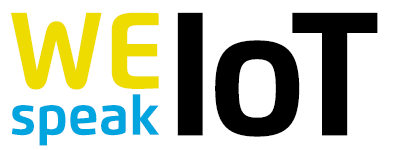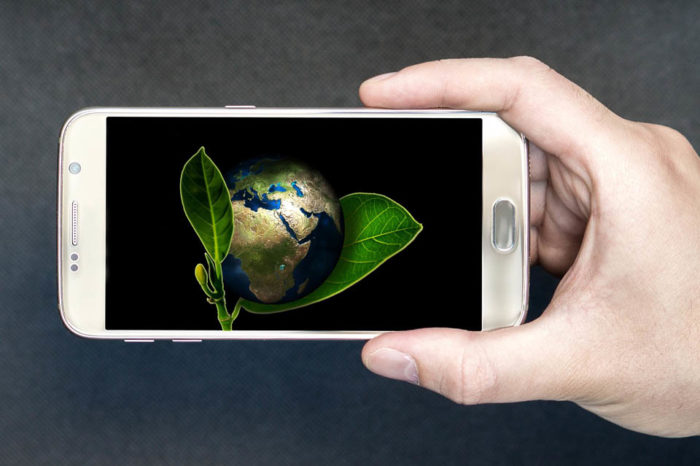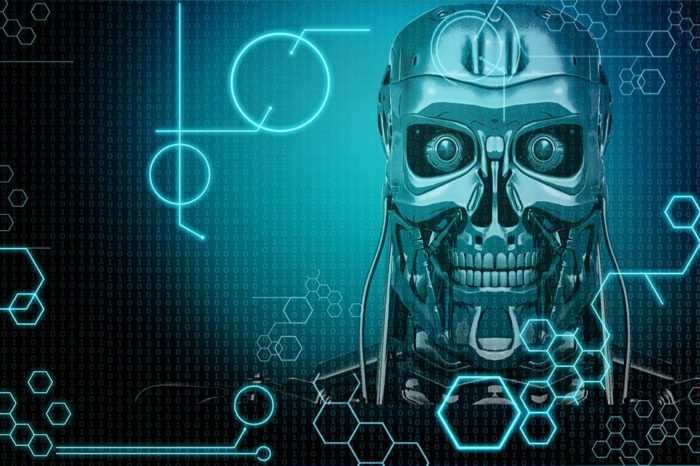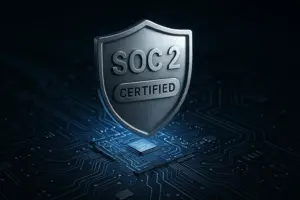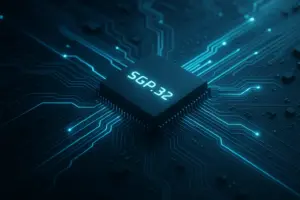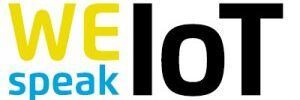A DNA for the Internet of Things
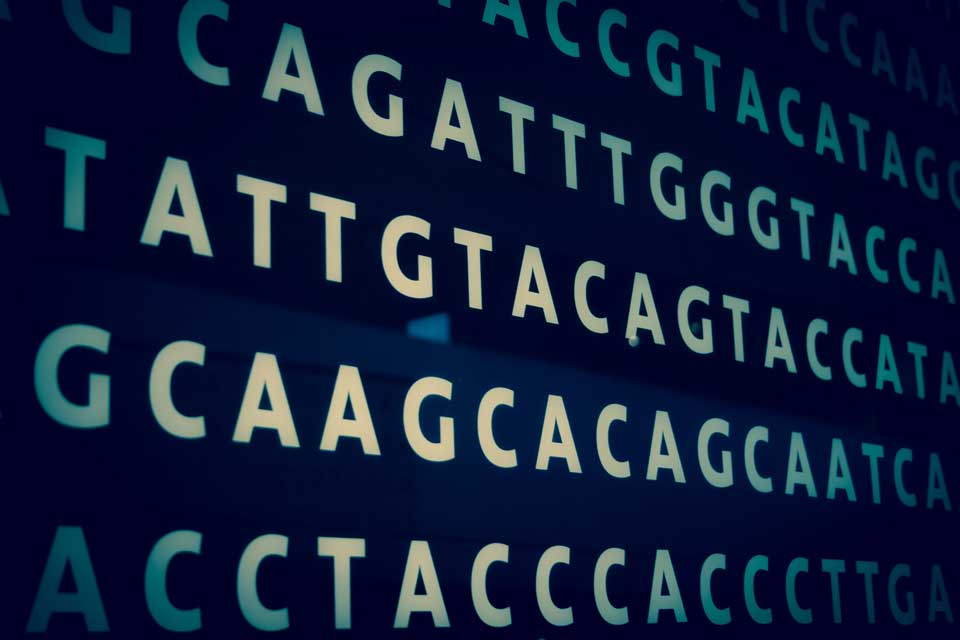
In the long run, the Internet of Things will only be successful if we manage to connect all the different devices in a very uncomplicated manner. Currently, the lack of interoperability is hindering widespread usage. A common language could be a solution and the devices itself have to become more intelligent. A biological organism carries in each cell the complete genotype with individual “working instructions”. This could be a paradigm for the Internet of Things.
Today, all the different devices with their individual functions within the Internet of Things communicate via their own, proprietary methods. In fact, there are already many different de facto standards, it’s just that these only occur within each individual industry. If you want to connect the different areas and devices with each other, an installation quickly becomes very complex. The expenditure for the necessary hard- and software that consolidates and translates each individual system, creates additional costs in terms of acquisition and maintenance. If just one of the control units fails, the whole system is affected. This can start to present security issues.
A central control unit makes IoT ecosystems vulnerable
The common “connector” to date is via a central point. Sensors collect data and send these to a gateway or cloud server. From there the data is interpreted and actuators controlled accordingly. In the field of building automation, this can often be things like heating controls, light switches, automated gate or shade controls. On their own however, without the central gateway or cloud solution, all of the sensors and actuators are generally helpless. Only thanks to intelligence within that central control unit they are able to fulfill their work and interact with each other. But are these kind of ecosystems viable on the long run? What about scalability? How flexible are they prepared to meet future challenges?
We would argue that a common language – a device language – could be the next step forward. Let’s take an example, away from our world of IoT. A biological organism carries in each cell the complete genotype with individual “working instructions”. Could this be an inspiration for an Internet of Things?
Evolution provides the blueprint for the Internet of Things
Evolution teaches us, that only those developments survive that have proven to be sufficiently practical and easily adaptable to new circumstances. Since the beginning of time, nature sorted out every sluggish and unflexible organism. If we transpose this on to the Internet of Things – the way it is existing today – we could compare it with an organism in which just one single cell with a central DNA is controlling every other “dumb” cell in its system. Would such an organism be able to survive or would it be too easy to knock out to stand the test of time?
In the case of nature, each single cell in an organism is equipped with the complete genetic information. It is only by tiny differences, so called molecular switches, that the role of the single cell is defined.
Bringing more intelligence into the devices
That’s how Lemonbeat works, too. Our DNA is the “Lemonbeat smart Device Language” or “LsDL”. An XML-based, universal markup language, that is capable of describing the characteristics of any random device and exchange this information with other devices. This enables devices within the Internet of Things to interact directly with each other to perform actions. Communication is controlled in a decentralized manner, similarly to a biological organism. The intelligence is thus within the individual device, not a central unit. After an initial configuration, every device within an IoT ecosystem “knows” what actions have to be performed depending on the values being received. If requirements change or if devices are being removed or added, device behaviour can be adapted during runtime. This makes the system very flexible, adaptable and future-proof. A body cell functions on a similar level. Each cell contains the complete DNA, and each of them knows about their individual tasks.
Presentation (german) given at innogy Forum Energieeffizienz, Dortmund, November 10, 2016
Interoperability unleashes the full potential of the IoT
Manufacturers who want to make their devices fit for the Internet of Things face significant development efforts. Efforts that require special knowledge which is often not part of their core business. Those who previously were into producing light switches, light bulbs, thermostats, temperature sensors or presence detectors suddenly have to think about what’s necessary to make these devices “smart”. They are faced with questions like “How and where should data being transferred”, “Which security measures have to be taken into consideration?”, “Who is developing the necessary applications or provides the servers for operation?”, “Are there systems already available that can be used and if yes, which one is the best?”, “What installation is future-proof?”.
In their report “The Internet of Things: Mapping The Value Beyond The Hype” the McKinsey Global Institute attests the Internet of Things a huge potential for a worldwide market worth up to 11,1 trillion US-Dollar in 2025. However this potential is only achievable if we are able to cope with the challenges. McKinsey names “interoperability” as a major challenge.
“Interoperability between IoT systems is critical. Of the total potential economic value the IoT enables, interoperability is required for 40 percent on average and for nearly 60 percent in some settings.”
Lemonbeat developed a software that quickly enables IoT functionalities within each individual device. Implemented on a small chip, the software translates the status data of every device into LsDL. For communication between the devices the language uses common IP-standards and is currently available for Sub-GHz (868 Mhz) Radio, LoRa and Ethernet. Generally it can be implemented on any IPv6 based physical layer.
To give that idea a certain boost, we published the specification and are working closely within the “Web Of Things Interest Group” – a working group of the World Wide Web Consortium (W3C) – with other players of the industry to develop a common worldwide standard, a DNA for the Internet of Things.
This article has been previously published in German language at www.industry-of-things.de.

